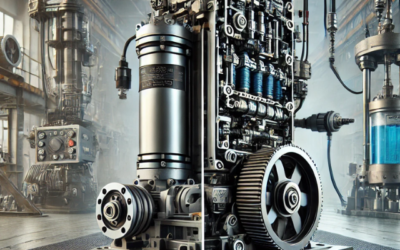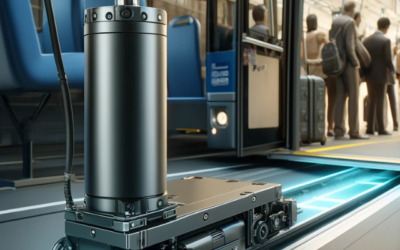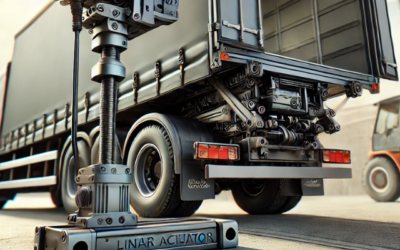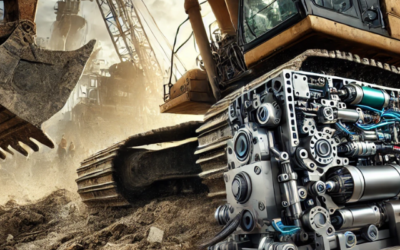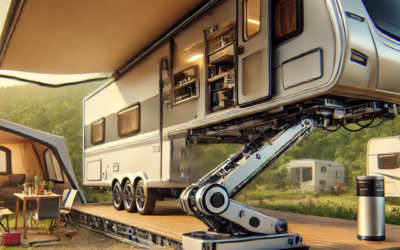BlogS
Application of Linear Actuator in the Machine tool manufacturing
Linear actuator play a vital role in modern engineering and manufacturing processes, providing precise control over linear motion. Their versatility makes them an indispensable component in a wide array of applications. This blog explores the application of linear...
Electrical Linear Actuators vs. Hydraulic Systems: A Comparison
Both electrical linear actuators and hydraulic systems are used to provide controlled linear motion in various industrial, automotive, and automation applications. Here’s a comparison based on different factors: 1. Power Source Electrical Linear Actuators: Powered by...
Application of Linear Actuator in Bus
Linear actuators are extensively used in buses for various automation and convenience functions. Here are some common applications: Automatic Door Operation: Linear actuators are frequently used to open and close bus doors (both entry and emergency doors) smoothly and...
Application of Linear Actuator in Trucks
Linear actuators have a wide range of applications in trucks, contributing to automation, efficiency, and convenience in various truck systems. Here are some key applications: Tailgate Lifting and Lowering: Linear actuators are used to automate the opening and closing...
Application of Linear Actuator in Earth Mover Equipment
Linear actuators play a crucial role in enhancing the performance and automation of earth mover equipment. Here are the key applications: Bucket and Blade Positioning: Linear actuators control the tilt, lift, and rotation of buckets and blades (e.g., in bulldozers,...
Application of Linear Actuator in Caravans
Linear actuators are widely used in caravans for various automation and convenience purposes. Here are some common applications: Pop-up Roofs and Awnings: Linear actuators are used to automatically extend or retract pop-up roofs and awnings, providing ease of...
Frequently Asked Questions(FAQ)
What is a linear actuator?
A linear actuator is a device that converts rotational motion into linear motion. It is used to move objects in a straight line
What are the benefits of using a linear actuator?
The benefits of using a linear actuator include precise and controlled linear motion, compact size, easy installation, and efficiency.
How do I install and maintain my linear actuator?
The installation and maintenance of a linear actuator will depend on the specific model and type. Refer to the manufacturer’s instructions for installation and maintenance guidelines.
What safety precautions should I take when working with linear actuators?
Always follow the manufacturer’s instructions and safety guidelines when working with linear actuators. Ensure that the actuator is properly secured and that the power source is disconnected before working on the actuator.
What is the difference between a linear actuator and a rotary actuator?
A linear actuator moves in a straight line, while a rotary actuator rotates around an axis. Linear actuators are used when linear motion is required, whereas rotary actuators are used when rotational motion is needed.
What is the difference between an electric linear actuator and a hydraulic linear actuator?
An electric linear actuator uses electrical energy to create linear motion, while a hydraulic linear actuator uses pressurized hydraulic fluid to create linear motion. Electric linear actuators are typically easier to install and maintain, while hydraulic linear actuators can generate higher force.
Can a linear actuator be used for precise positioning?
Yes, linear actuators are often used for precise positioning due to their ability to provide accurate and repeatable linear motion.
How do I determine the stroke length of a linear actuator?
The stroke length of a linear actuator is the distance the actuator can travel in a straight line. To determine the required stroke length, consider the distance the actuator needs to move to complete its intended task.
What are some common materials used to make linear actuators?
Linear actuators can be made from a variety of materials, including aluminum, stainless steel, plastic, and carbon fiber. The choice of material will depend on the specific application and environmental conditions.
Can a linear actuator be used in hazardous environments?
Yes, some linear actuators are designed for use in hazardous environments and are made from materials that can withstand exposure to extreme temperatures, chemicals, or other hazardous conditions.
Can a linear actuator be customized to fit my specific application?
Yes, many manufacturers offer customized linear actuators to fit specific applications. These can include modifications to stroke length, force, speed, mounting options, and environmental protection.

